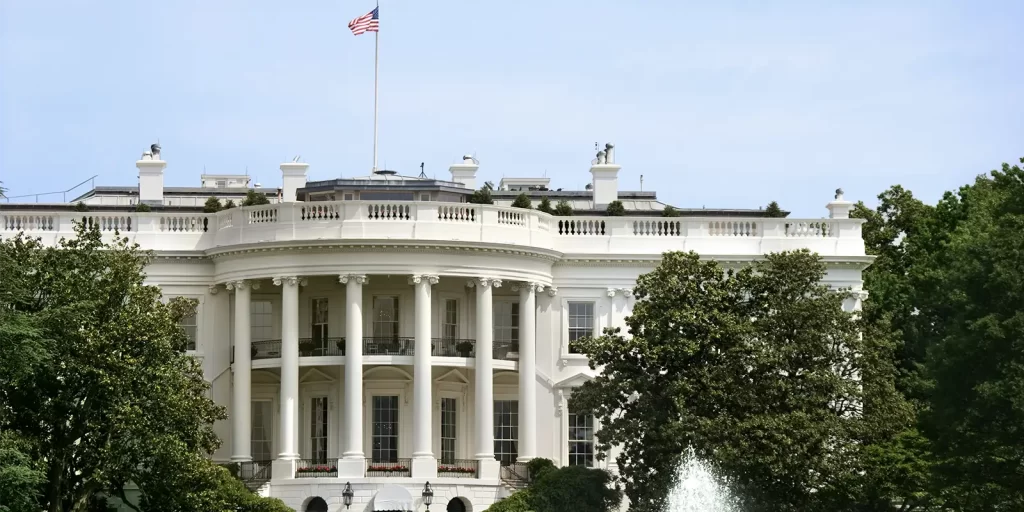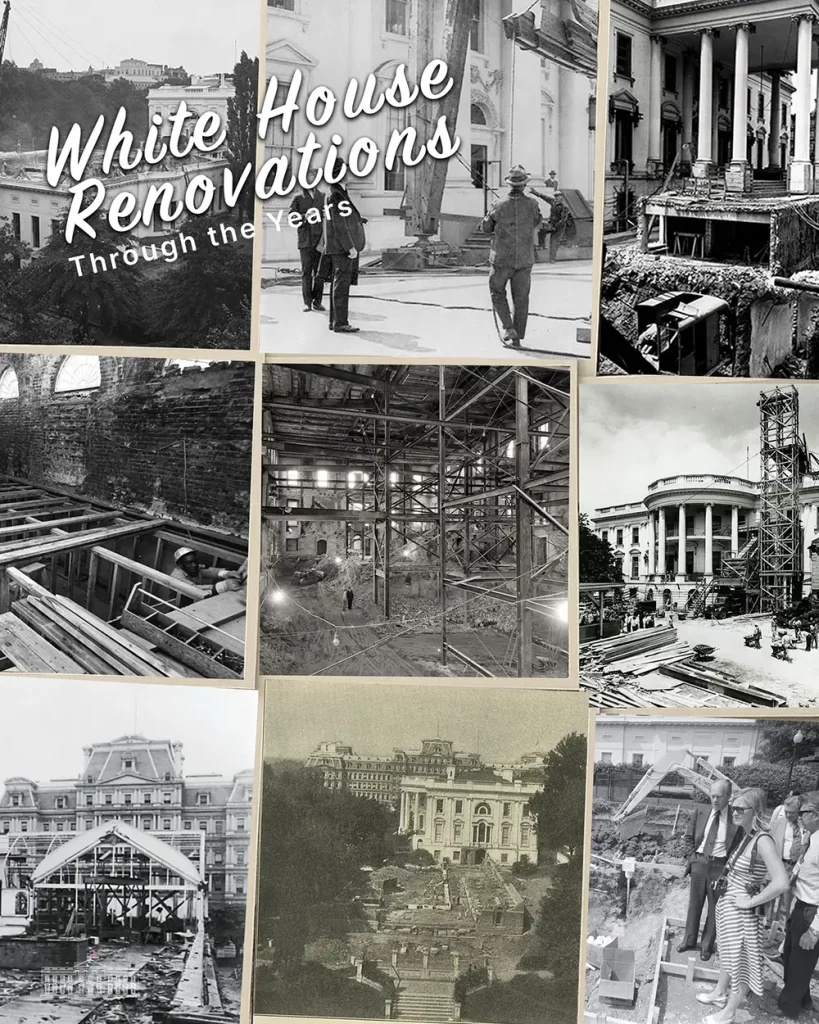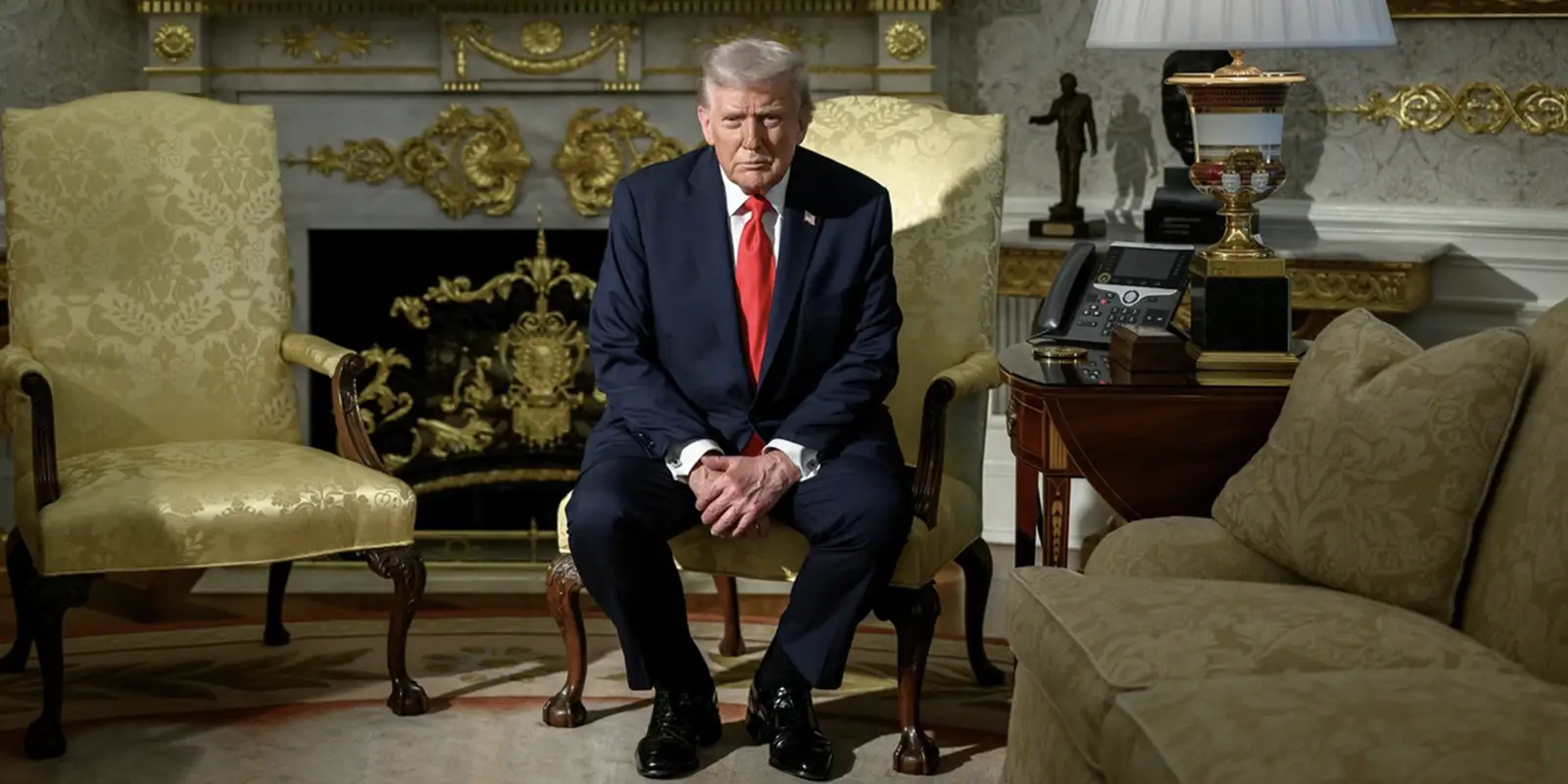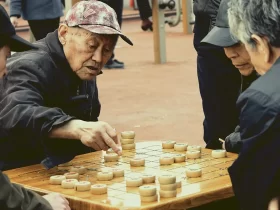Even by Washington standards, few announcements have raised as many eyebrows as this one: former President Donald Trump is reportedly adding a $250 million ballroom to the White House—a project described as “a statement of elegance and power.”
The news dropped at a particularly delicate moment. With the government shutdown many are questioning the optics of such an extravagant renovation. After all, what does it say when the nation’s most symbolic residence is getting a golden makeover while public employees face unpaid furloughs and families worry about the economy?
A Ballroom Fit for Power—But at What Cost?

The ballroom, according to sources close to the project, will be one of the most ambitious White House renovations in modern history. Think crystal chandeliers, marble floors, gold-trimmed walls, and a design reminiscent of old-world European palaces—a setting that feels more Versailles than Washington.
It’s intended to host state dinners, official receptions, and major political events—offering a grander space than the current East Room or State Dining Room. Some have called it Trump’s “legacy project,” a physical mark of his taste and influence that could outlast his time in office.
But with a reported price tag of $250 million, questions about funding and necessity have taken center stage. Who’s paying for it? Will it rely on public funds, private donations, or a mix of both? And perhaps more importantly—is this really the right time for luxury?
A History of Presidential Additions—From Hoops to Halls

Presidential renovations aren’t new. Each administration has left its mark on the White House, blending history with personal taste. Barack Obama famously added a basketball court, aligning with his love for the sport and sending a message of accessibility and youth. George W. Bush built a putting green. Franklin D. Roosevelt installed an indoor swimming pool for therapy.
But none of those updates came with a nine-figure price tag—or the same sense of political theater. Trump’s proposed ballroom isn’t just an amenity; it’s a statement.
A Question of Timing
Timing, as any politician knows, is everything. And this project’s timing is… complicated. The country is facing budget battles, partisan division, and a shutdown of government operations. Federal employees are bracing for delays in paychecks, and critical services—from food assistance to national parks—could be affected.
So, when headlines announce a $250 million ballroom addition, it’s hard not to see the disconnect. Critics argue that the move reflects misplaced priorities, particularly when much of the nation is struggling with inflation and uncertainty.
Supporters, on the other hand, frame the project as an investment in national prestige—an upgrade to an institution that hosts world leaders and major diplomatic events. “It’s not about extravagance,” said one source close to the design team. “It’s about elevating America’s image.”
Still, to many, that defense rings hollow. “There’s a difference between elegance and excess,” noted one political commentator. “This feels like the latter.”
The Architecture of Image
Trump’s fascination with luxury architecture is well-documented. From the gold elevators of Trump Tower to the marble halls of Mar-a-Lago, his buildings have always been more than just structures—they’re brand statements. The White House ballroom appears to follow that same pattern: architecture as identity, a way of asserting influence and control through aesthetics.
Architectural historians have mixed feelings. Some see it as a continuation of presidential tradition—every leader leaves their fingerprint on the building. Others view it as an intrusion on a national symbol, one that risks turning the White House into a monument to personality rather than democracy.
“The White House has always evolved,” says one historian, “but its power lies in restraint. The challenge is to enhance without overshadowing. And restraint has never exactly been Trump’s style.”
Public Reaction: Glitter and Grit
Public reaction has been as divided as the country itself. On social media, some have mocked the project with memes comparing renderings of the ballroom to luxury hotel lobbies or Las Vegas casinos. Others, particularly supporters, praise it as a display of American greatness and sophistication.
“It’s more Caesar’s Palace than the People’s House,” one viral tweet joked.
Behind the humor, though, lies a serious debate about symbolism. The White House is more than a residence—it’s the heart of American democracy. Every addition or renovation carries meaning, reflecting not just one president’s preferences but the nation’s priorities at that moment in time.
Legacy or Vanity Project?
For Trump, who has built his career on spectacle, the ballroom could be his ultimate legacy—a physical embodiment of his vision for America: bold, unapologetic, and designed to impress. His critics, however, see it as another example of misplaced focus and personal glorification.
If completed, the ballroom will likely host future presidents, world leaders, and historic events, ensuring Trump’s imprint on the building endures. But whether it will be remembered as a contribution to American heritage or a symbol of extravagance remains to be seen.
Dancing on the Edge of Controversy
At its core, the ballroom story isn’t just about architecture—it’s about image, timing, and the ever-blurring line between politics and personality. It forces a question few are comfortable asking: When does a legacy become a luxury?
As Washington wrestles with budget cuts the idea of a glittering ballroom rising from the White House lawn feels almost cinematic—a contradiction of elegance and crisis.
One thing is certain—the music may not have started yet, but the political dance around Trump’s ballroom has already begun.








































Leave a Reply